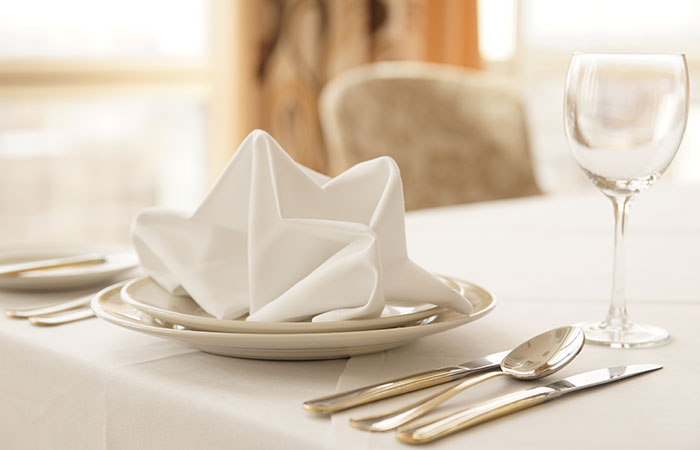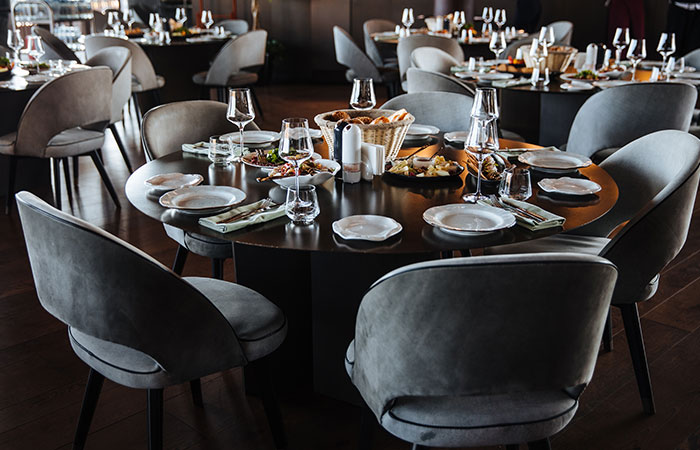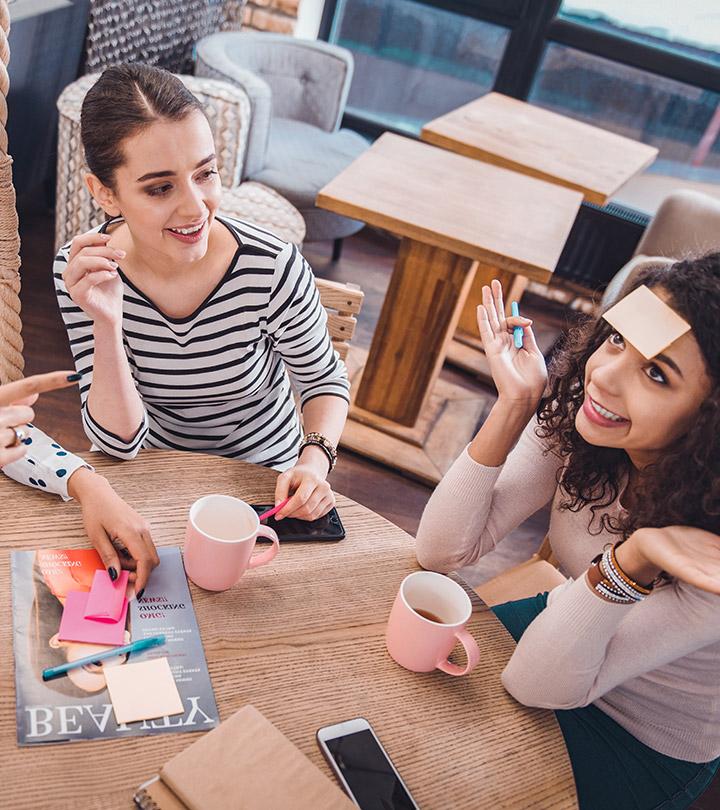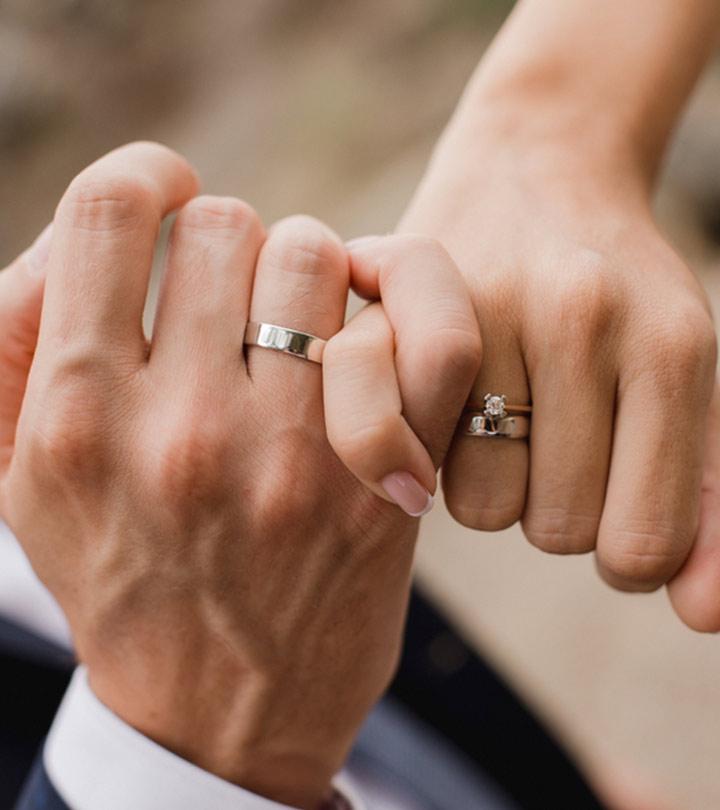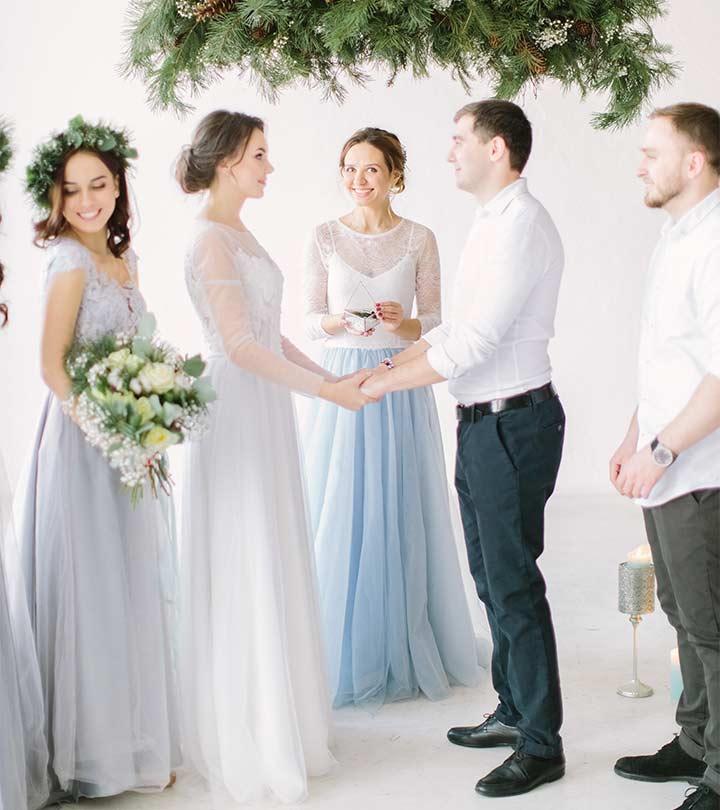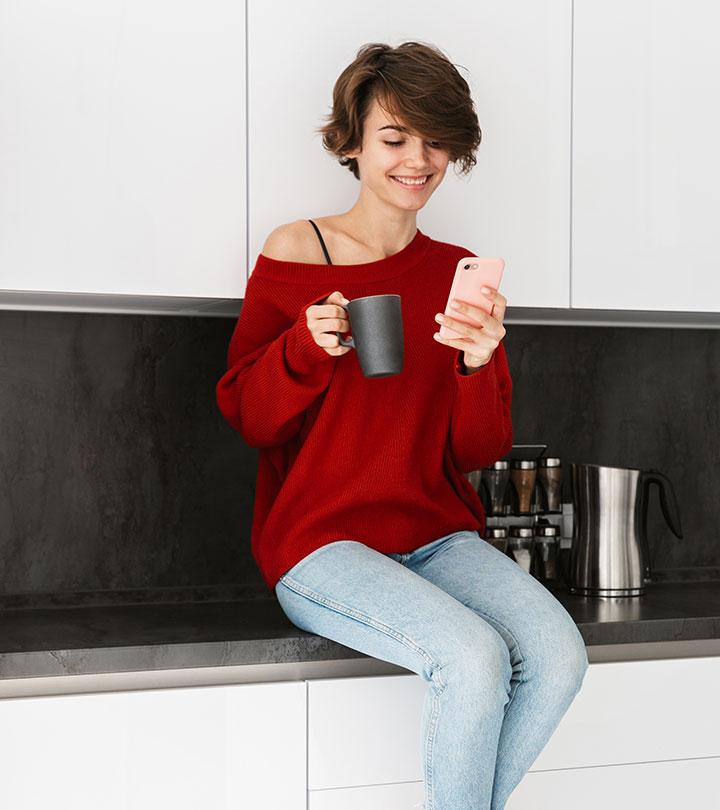Table Manners That Will Earn You The Title Of Good Guests
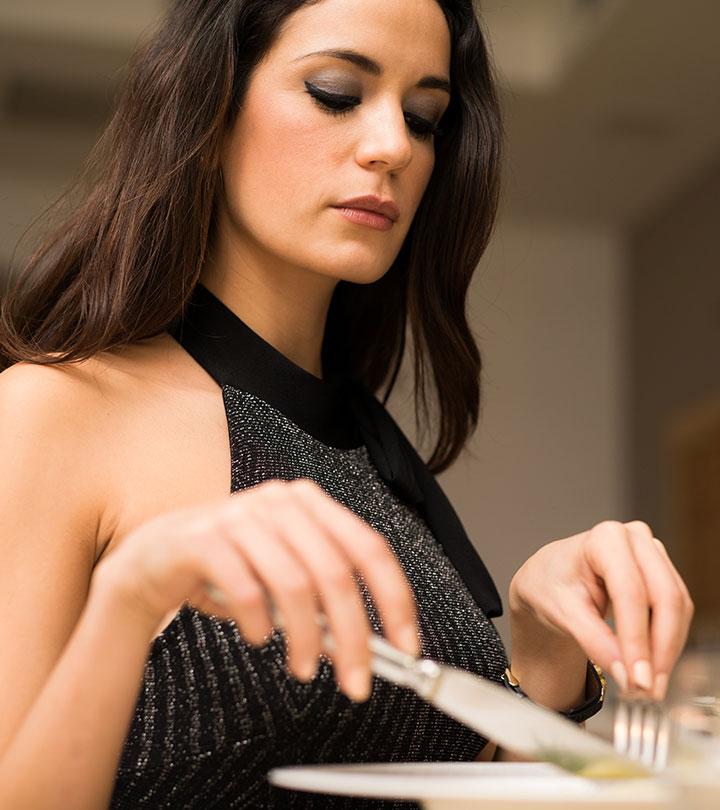
Image: Shutterstock
Most of us can relate to those uncomfortable situations when you’re not sure which fork to use, or if it’s okay to answer with your mouth full? Well, we’ve got your back! Whether you’re at a fancy dinner or just hanging out with friends, knowing proper table manners can make you look posh and composed. It’s not just about which spoon to pick – it’s about showing respect and kindness to others present at the table. In this article, we’ll walk you through easy-peasy tips that will make you a pro at this manners stuff. Get ready to impress your hosts, charm your pals, and feel totally confident in any dining situation. Read on!
Upon Arriving
Arriving at a dinner party involves more than just finding a seat and waiting for service. There are specific guidelines one should follow. Often, bringing a gift to the gathering is customary. Additionally, certain steps may need to be taken in preparation for the event.
1. Find Your Seat
Mastering good table manners begins with a fundamental step – finding your seat gracefully. Whether at a formal gathering or a casual meal, approaching the table with a composed demeanor is key. Allow the host or hostess to guide you, if present, or simply choose an appropriate place to sit. Slide your chair in gently, ensuring you don’t disrupt other guests. As you settle in, remember to unfold your napkin and place it on your lap, a signal that you’re ready to engage in the dining experience. This small act sets a positive tone for the meal, demonstrating your respect for the occasion and those sharing it with you.
2. Maintain A Good Posture
Maintaining a good posture while eating is crucial for projecting elegance. It’s vital to remain attentive to your posture throughout the entire meal. Begin by ensuring your feet are firmly planted on the floor. Keep your upper body upright as well. Placing both hands on the table can aid in upholding your posture. Remember, the food should be brought to your mouth, not the reverse. Avoid slouching or bending to bring utensils to your mouth.
The Napkin
During meals, a napkin serves the purpose of dabbing your lips or fingers and shielding your attire. Napkins can be folded in varying levels of intricacy. Frequently, customized napkins find their place at the center of the table setting, occasionally resting on the side plate. Simpler folds usually result in napkins being situated by the side plate.
1. Before The Course Arrives
Upon taking your seat, observe your host or guest of honor as they pick up their napkin and lay it on their lap. Following their lead, you can do the same. Unfolding a larger napkin is unnecessary; simply folding it in half will suffice. However, with smaller luncheon napkins, it’s advisable to fully open them. Avoid the temptation to wave the napkin like a flag before placing it on your lap, even if you notice others doing so. Additionally, refrain from tucking it into your shirt like a bib.
2. During The Meal
The napkin should rest on your lap for the duration of the meal, serving as a tool to delicately blot your mouth when necessary. If you must step away from the table during the meal, politely place your napkin on your chair after excusing yourself. It’s crucial not to refold the napkin, crumple it, or set it on your plate under any circumstances. Furthermore, refrain from using the napkin to remove lipstick or as a tissue for blowing your nose!
3. When You Are Done
When the meal concludes, remain patient until the host indicates the end of the dining experience. This signal typically involves them placing their napkin on the table, to the left of their dinner plate, ensuring no soiled parts are visible.
Identify The Utensils And Glassware Properly
Table arrangements can sometimes appear intricate, especially when various courses and accompanying drinks are involved. Understanding the purpose of each item on the table can be immensely beneficial. Beyond the fundamental plate, water glass, napkin, fork, and knife, you’ll typically encounter three distinct table setups: casual dining, semi-formal dining, and formal dining. Utensils across all setups are positioned in the sequence they’ll be used, starting from the outer side. For instance, if you’re having a salad before the main course, your salad fork will be positioned farthest to the left. The central placement is reserved for the main plate in all cases.
Exhibiting good table manners in a dining setting sets the tone for a pleasant and respectful mealtime experience. As you take your seat, it’s courteous to greet fellow diners with a warm smile or nod. Remember to place your napkin on your lap, a simple gesture that signifies your readiness to begin the meal. As conversations flow, it’s polite to engage with those around you and avoid using electronic devices that might distract from social interaction. Wait until everyone is seated before starting to eat, and if there’s a formal dining setup, follow the lead of your hosts in terms of when to begin. By adhering to these simple yet significant etiquettes, you not only show consideration for your fellow diners but also contribute to a harmonious and enjoyable dining atmosphere. Let us know in the comments the table manners you make sure to follow!



